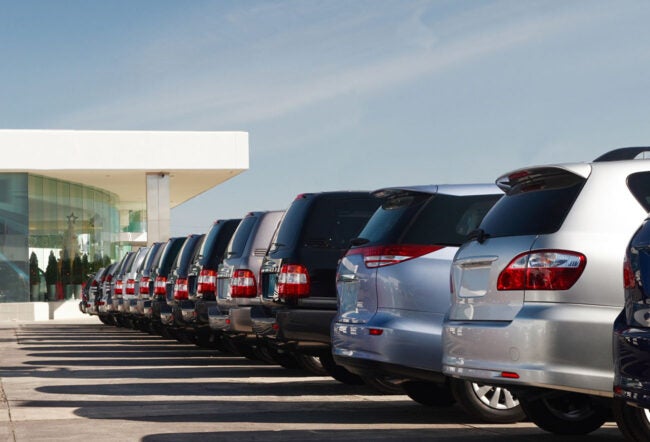Nobody can deny that the sustainable building movement’s rise has been meteoric. In a 2012 Turner Construction survey of 718 U.S. real estate owners, developers and tenants, 90% were committed to environmentally sustainable practices. More than half were “extremely” or “very” committed to green principles. And a 2013 McGraw-Hill Construction global report found that 51% of architects, engineers, contractors, consultants and building owners surveyed in 62 countries say it’s likely that more than 60% of their work will be “green” by 2015.Last year, there were more than 13,500 commercial buildings certified to meet the U.S. Green Building Council’s Leadership in Energy and Environmental Design (LEED) standards in the U.S. Another 30,000 applied, and LEED has spread to 139 countries. Green building is maturing, especially in American cities, which are developing innovative regulations outcomes. Even without new laws, forward-looking companies find options — such as the use of energy services companies, green leasing and affordable approaches to solar and other renewables. They’re motivated by more than “eco correctness” — adding sustainable features reduces operating costs (and often increases a building’s value and the rent levels it can command), though payback periods can be long.
Some strategists go beyond more modest standards to the “net zero” building that generates as much energy as it uses. Cities are developing their own audit and energy management procedures, often using software unavailable 10 years ago. Clearly, green building has gone from a feel-good exercise to an impending baseline for all construction.
This special report was produced in coordination with Wharton’s Initiative for Global Environmental Leadership (IGEL).
Re-energizing Aging Cities: The Green Building Option
The urban green building movement is growing rapidly as developers learn to maximize on-the-ground benefits. Projects at the University of Pennsylvania and the Philadelphia Navy Yard highlight how even very inefficient, older city buildings can become showcases of energy efficiency and careful resource use. The payback period may be longer than some are accustomed to, but the rewards can be great.
https://knowledge.wharton.upenn.edu/article.cfm?articleid=3245
Getting to Green — New Tools and Policies Boost Sustainable Building
New tools and policies are helping to encourage green building. But policymakers face two thorny challenges: (1) “the energy efficiency gap,” which refers to the seemingly perverse behavior of consumers who fail to take simple steps to cut energy consumption and save money, and (2) the misalignment of incentives at virtually all levels — from tenants who gain no financial benefit from reducing energy use to utilities mandated to lower the consumption from which they derive their profits. Policymakers are responding to both challenges with promising approaches.
https://knowledge.wharton.upenn.edu/article.cfm?articleid=3246
The Future of Green Building May Be Closer Than You Think
Buildings that consume no outside energy are being developed today — with existing technology. So much innovative work has been done in green building that a growing number of people are now shifting their focus from means to ends. Their goal: Create buildings that generate as much energy as they need to operate, called net-zero energy buildings (NZEB). Efforts to achieve NZEB are underway in all sectors — government, academia, the military, not-for-profits and business — and at all scales: residential, community and commercial. While it is still early days, the results have been impressive.
https://knowledge.wharton.upenn.edu/article.cfm?articleid=3247



